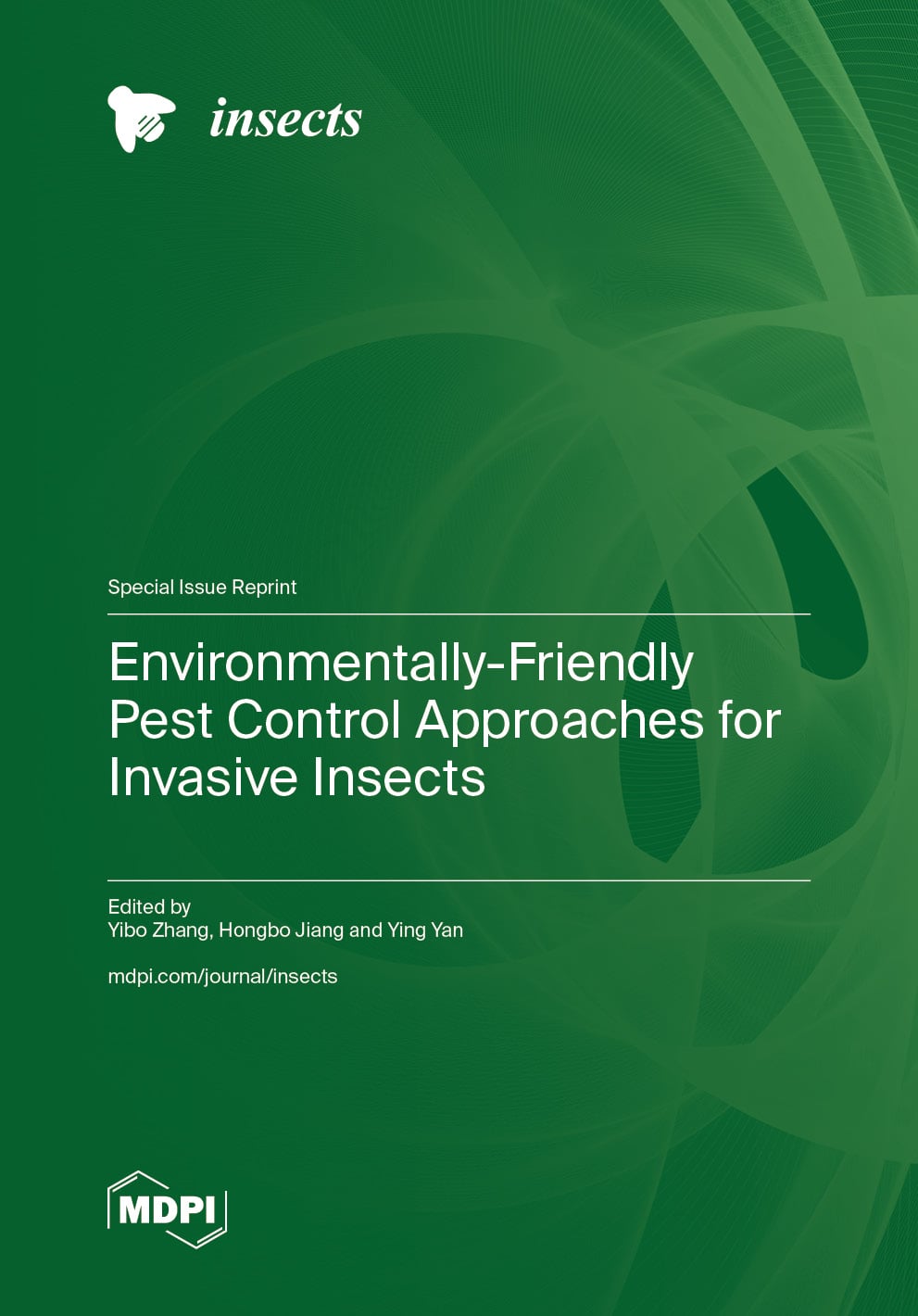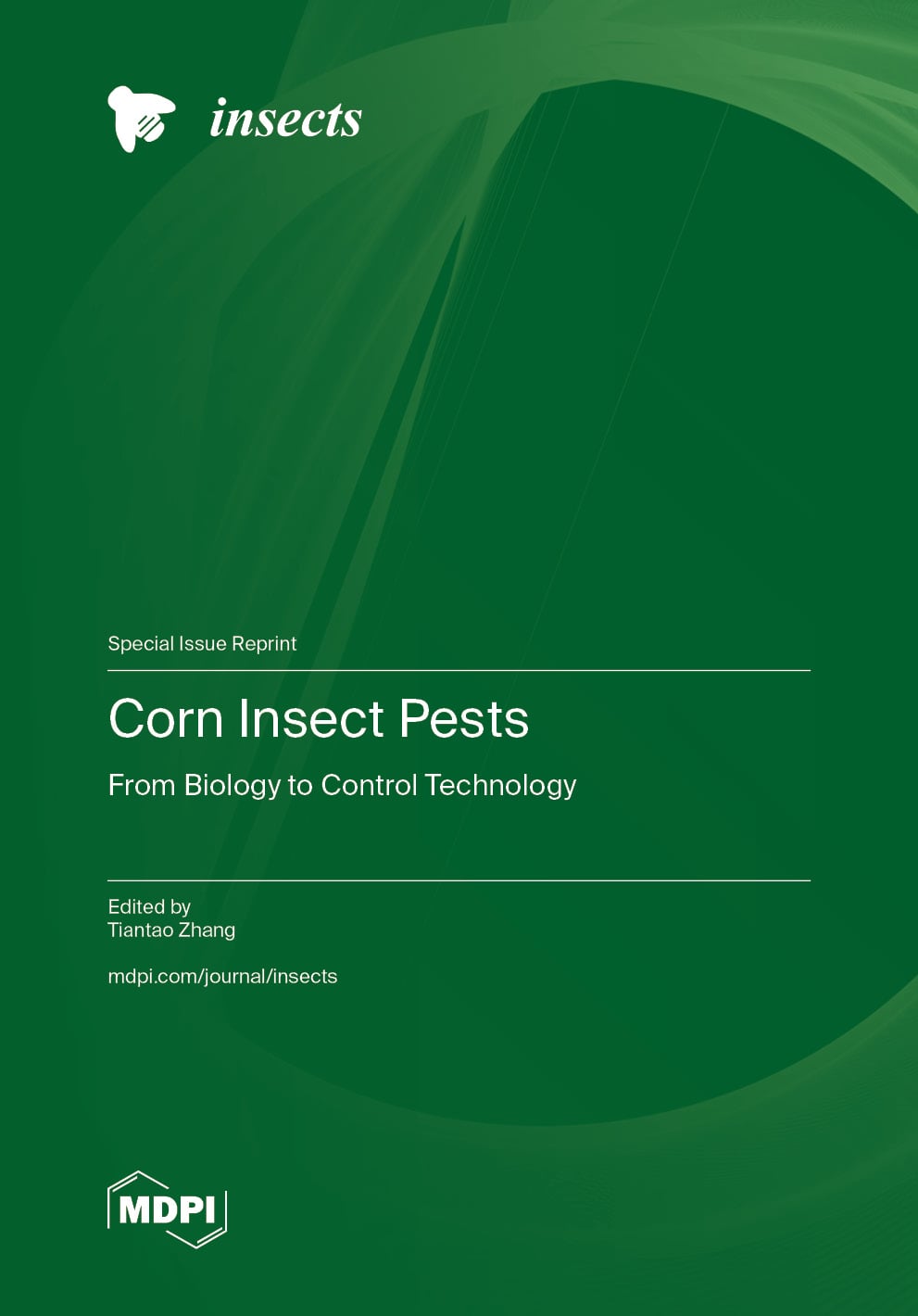- 2.9Impact Factor
- 5.6CiteScore
- 19 daysTime to First Decision
Insects
Insects is an international, peer-reviewed, open access journal on entomology, published monthly online by MDPI.
Indexed in PubMed | Quartile Ranking JCR - Q1 (Entomology)
All Articles
News & Conferences
Issues
Open for Submission
Editor's Choice
Reprints of Collections

Reprint
Environmentally-Friendly Pest Control Approaches for Invasive Insects
Editors: Yibo Zhang, Hongbo Jiang, Ying Yan


